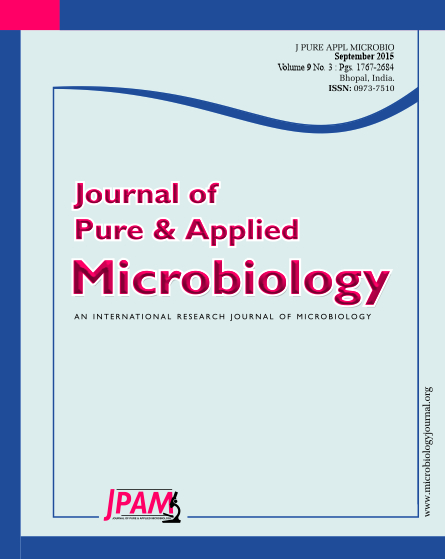The microbiological characteristics of diabetic foot infections (DFIs) have not been extensively studied in Saudi Arabia (SA). In addition, there are no data on the frequency of multidrug-resistant organisms (MDROs) causing DFIs in SA. This study investigated and evaluated the bacteriology of DFIs and their resistance patterns to antibiotics that will be helpful to manage DFIs appropriately. The microbiological records of infected DF wounds for patients treated at an University Hospital in Riyadh from December 2009 until December 2011 were retrospectively reviewed. A total of two hundred and sixty-eight positive samples from patients with DFIs were reviewed during the study period. A total of 308 isolates were detected. A pure growth of single bacteria from culture was detected in 231 specimens (86.2%). However, polymicrobial growths were detected only in 37 samples (13.8%). Gram-negative bacilli were more prevalent (65.6%) than Gram-positive cocci (34.4%). However, the most frequently isolated pathogens were S.aureus (21.4%), followed by Pseudomonas spp. (13.3%) and E.coli (9.7%). Thirty-three percent of S.aureus were methicillin-resistant Staphylococcus aureus (MRSA) and 19.4% of Enterobacteriaceae species were extended-spectrum beta-lactamase producers. S. aureus and P. aeruginosa were the most common causes of DFIs. Approximately 36% of patients with DFIs were infected by MDROs.
bacteria, antibiotic sensitivity, multi-drug resistant organisms, ESBL, MRSA.VRE
© The Author(s) 2015. Open Access. This article is distributed under the terms of the Creative Commons Attribution 4.0 International License which permits unrestricted use, sharing, distribution, and reproduction in any medium, provided you give appropriate credit to the original author(s) and the source, provide a link to the Creative Commons license, and indicate if changes were made.


